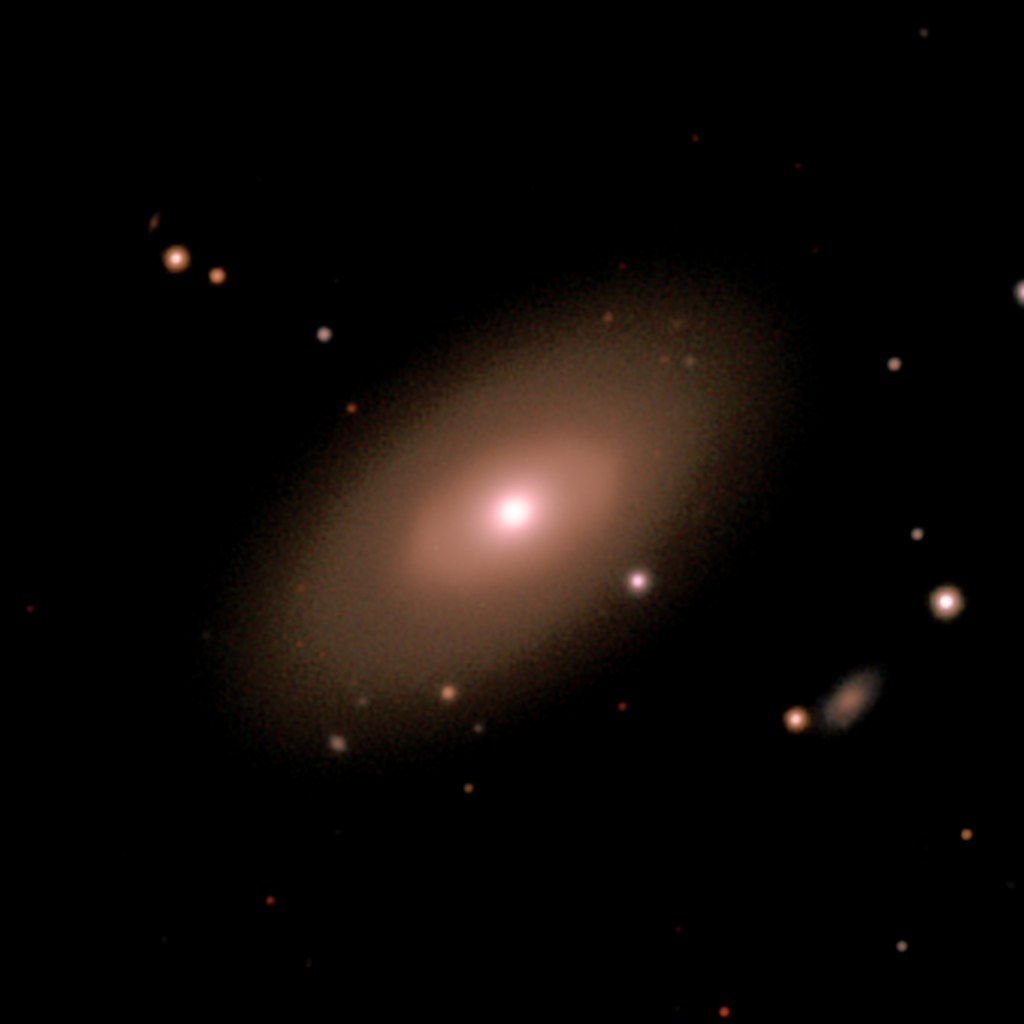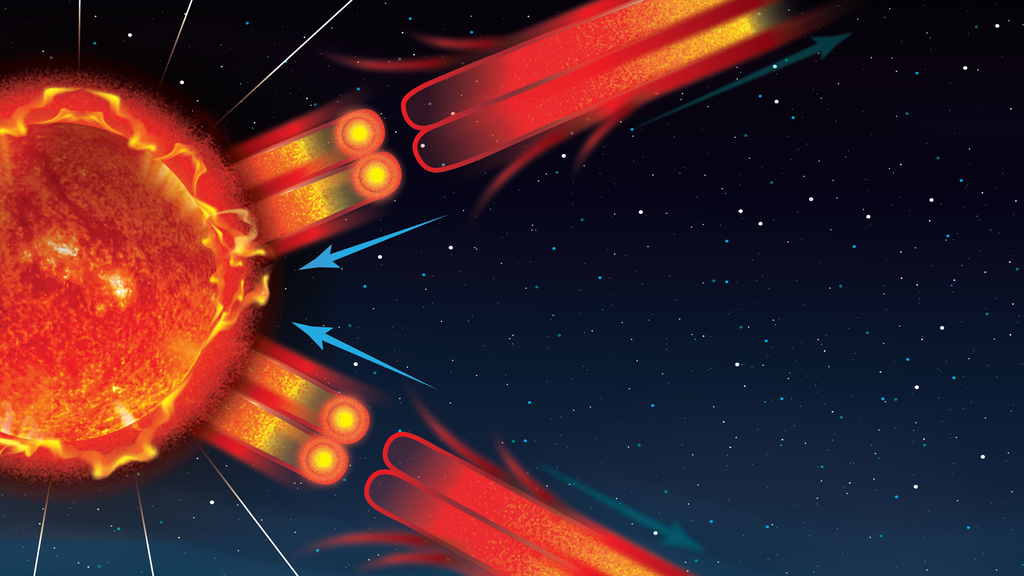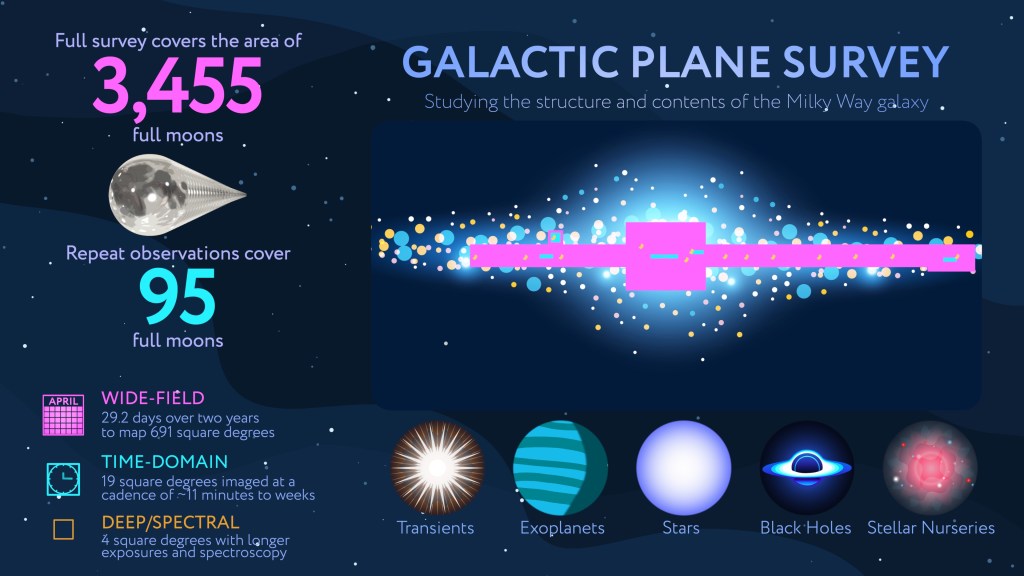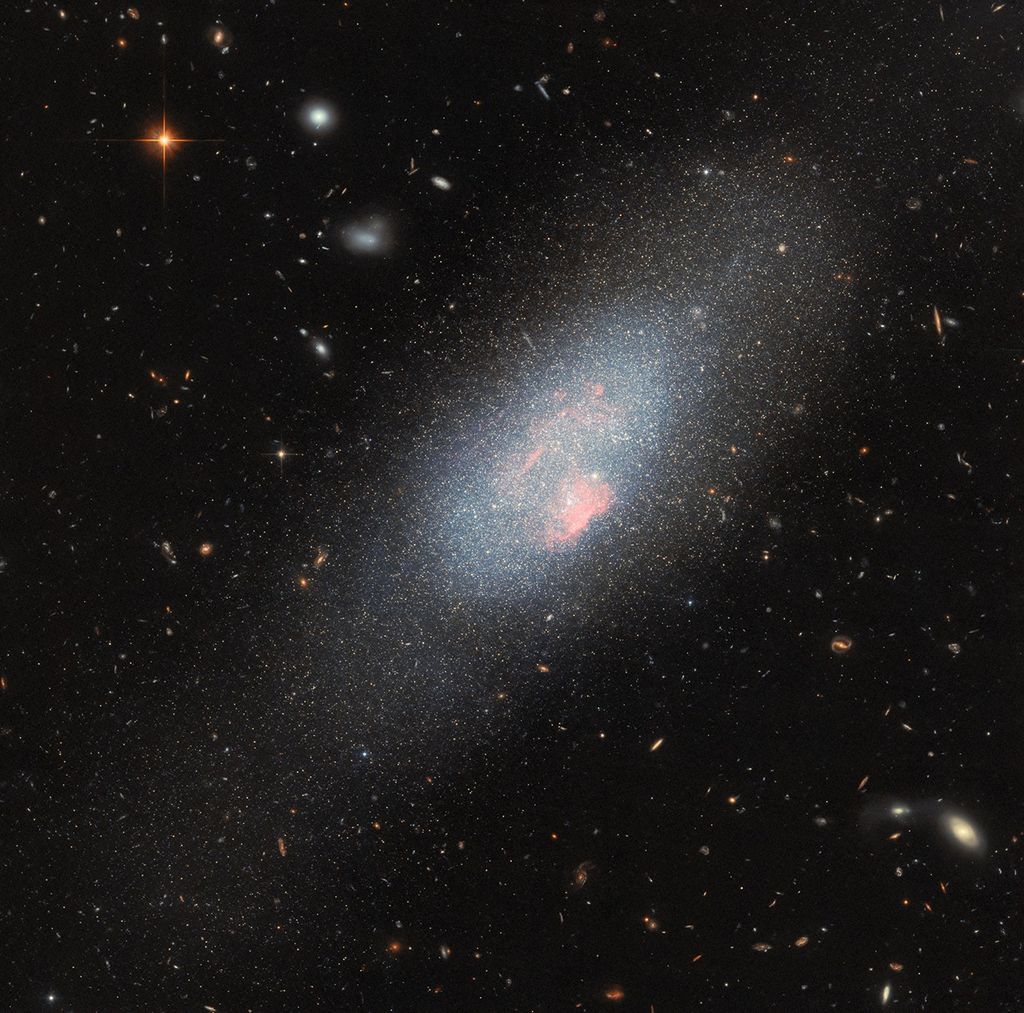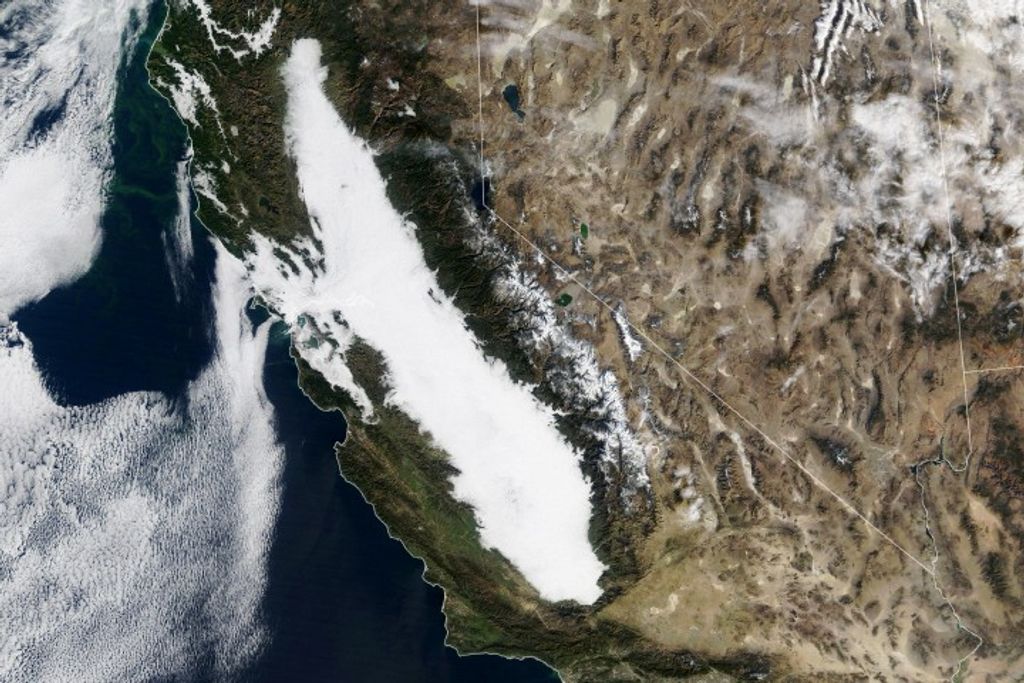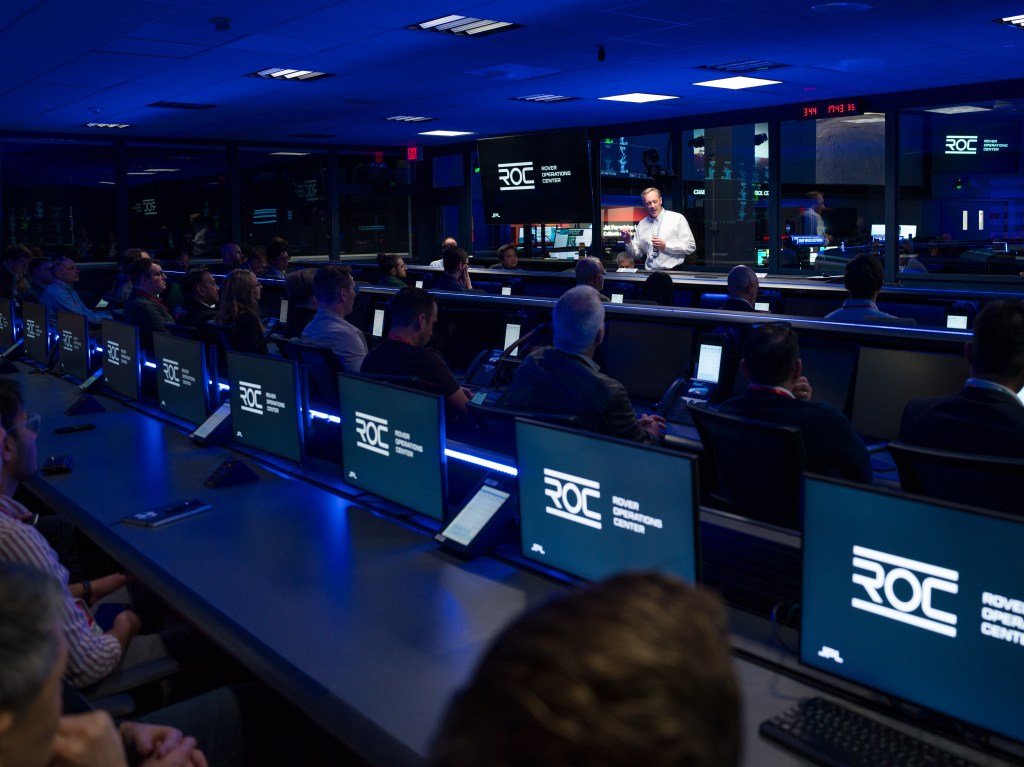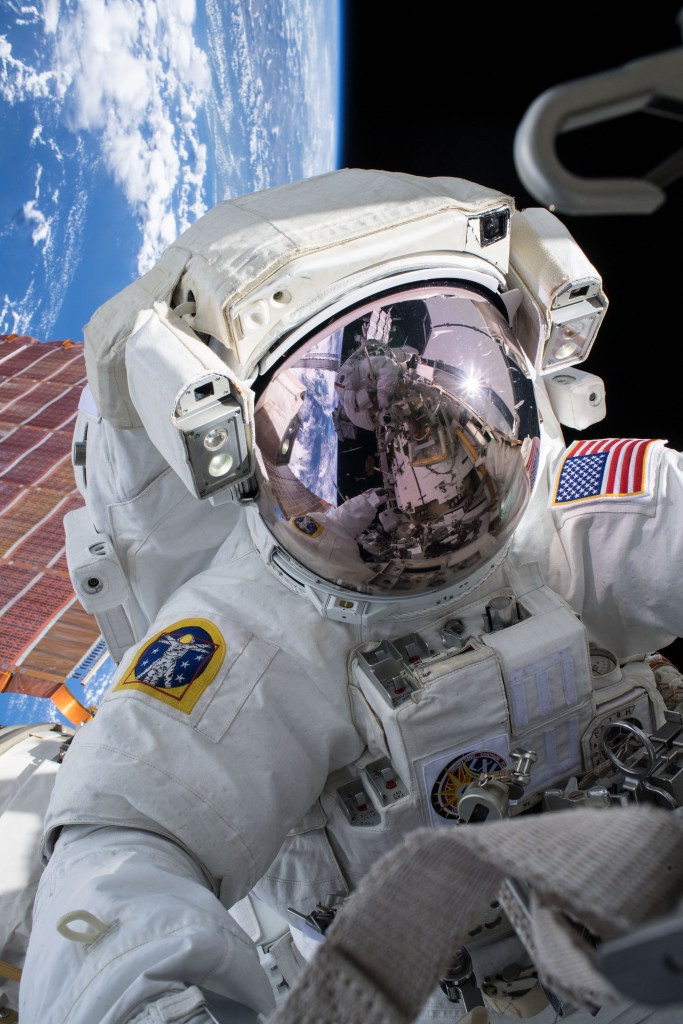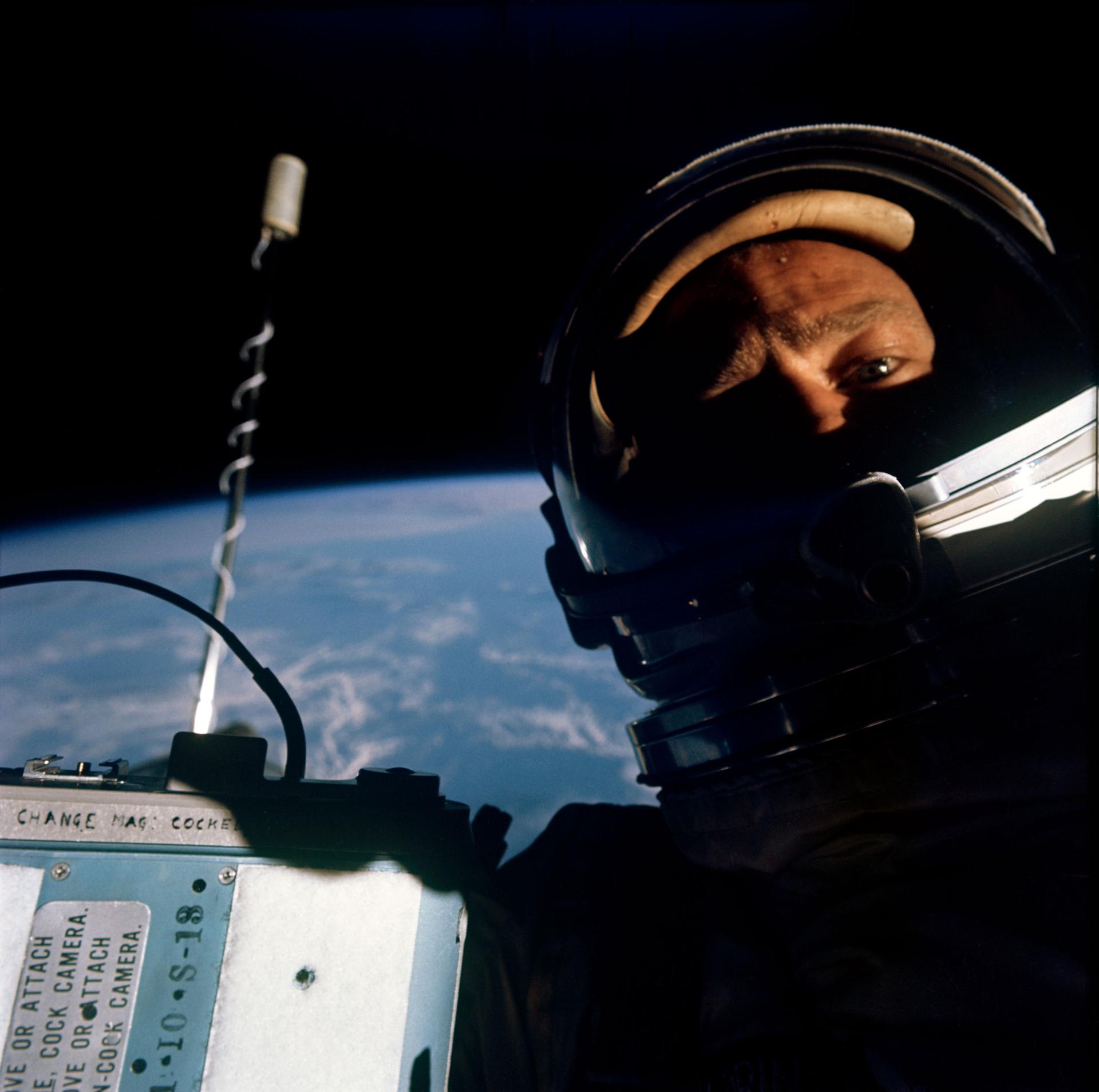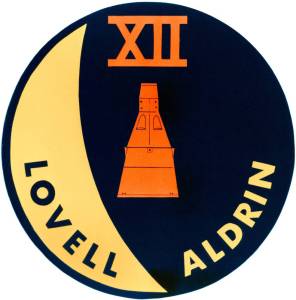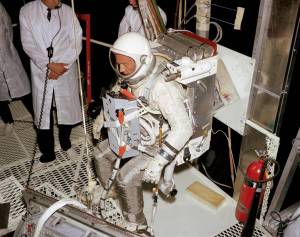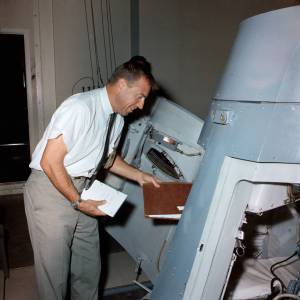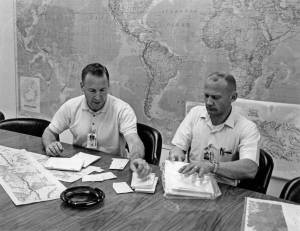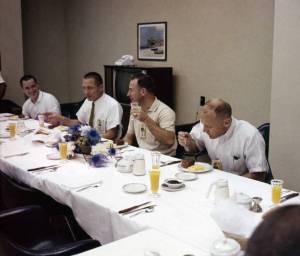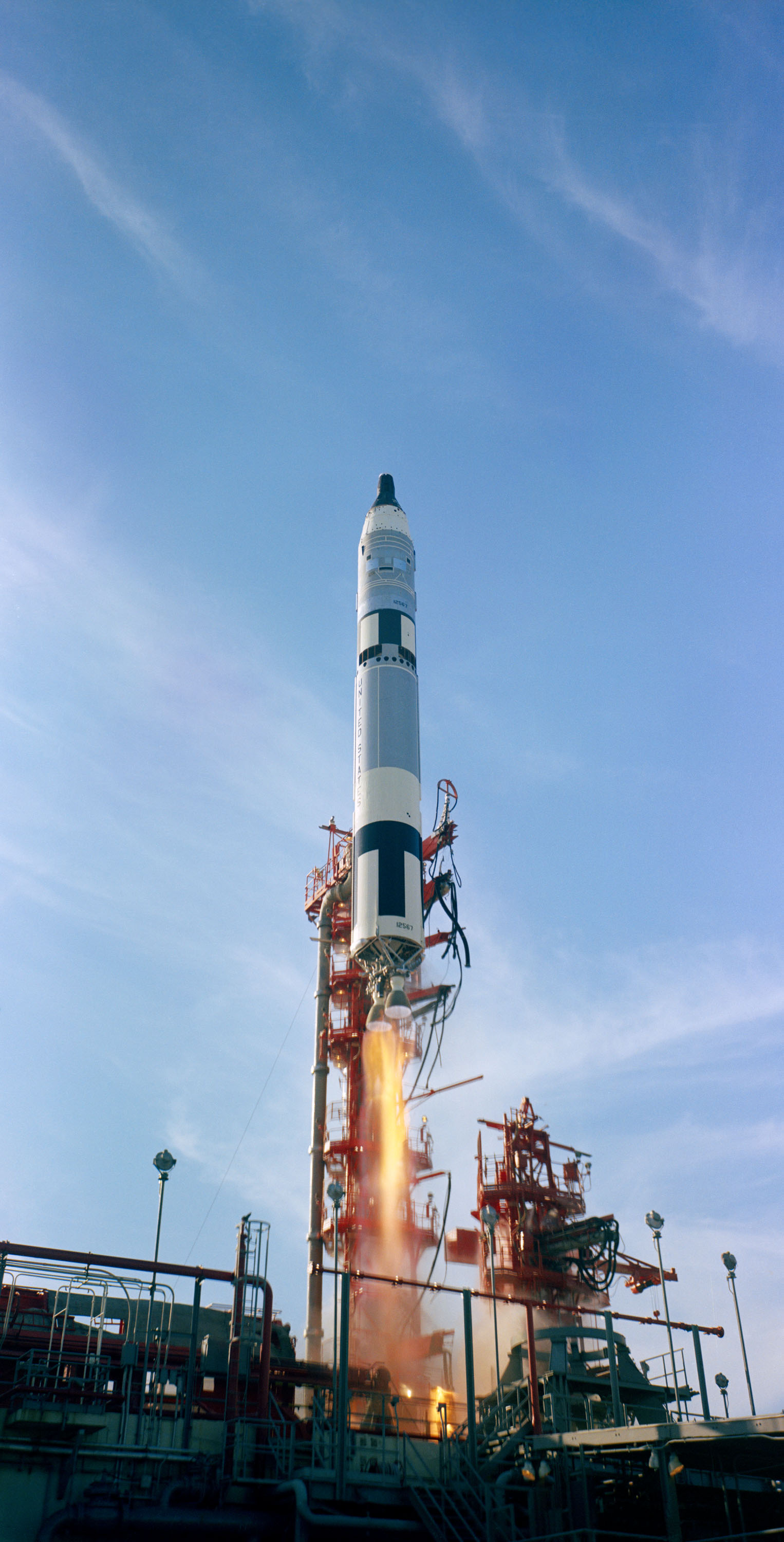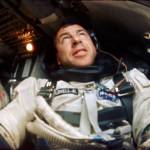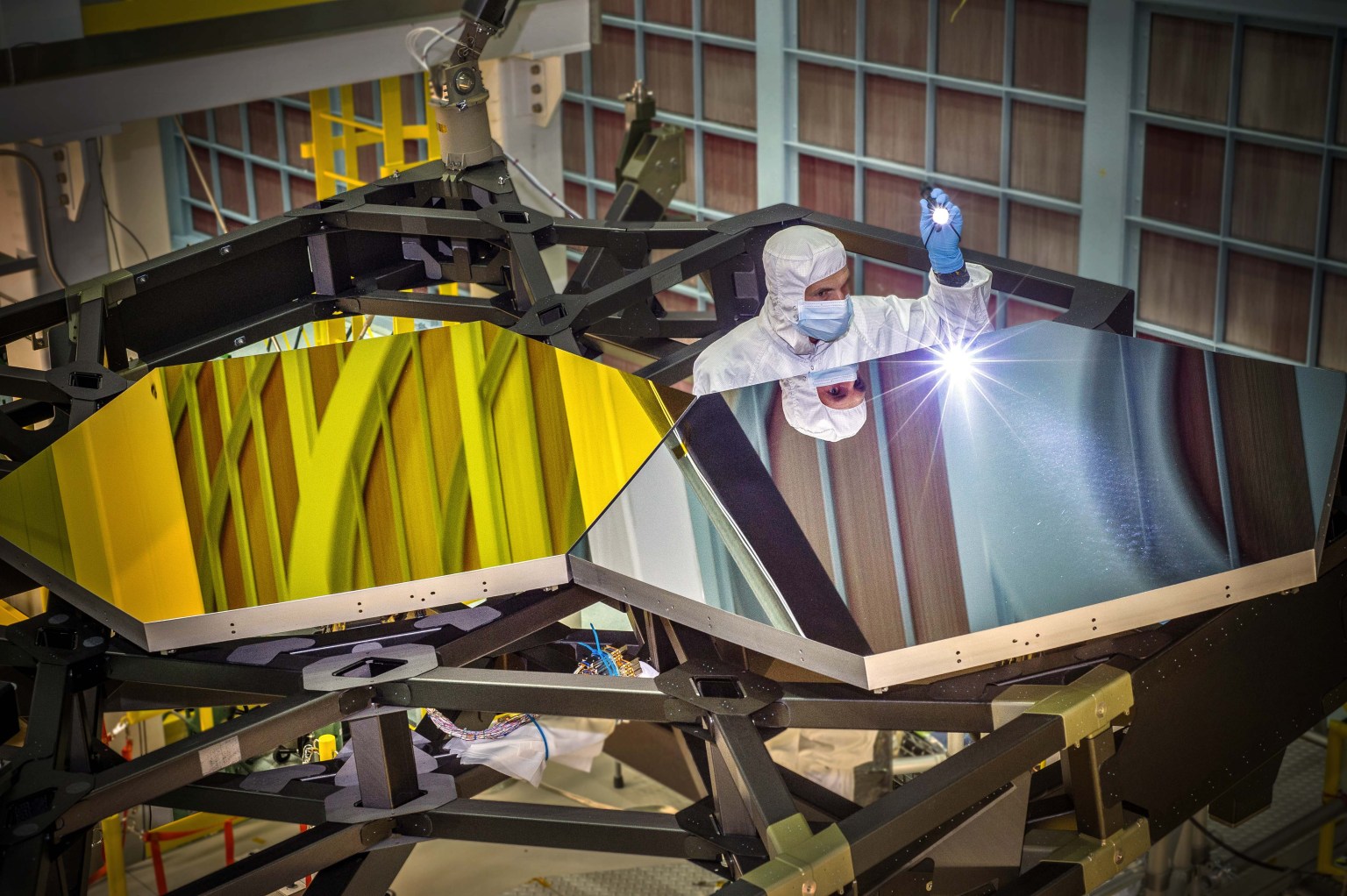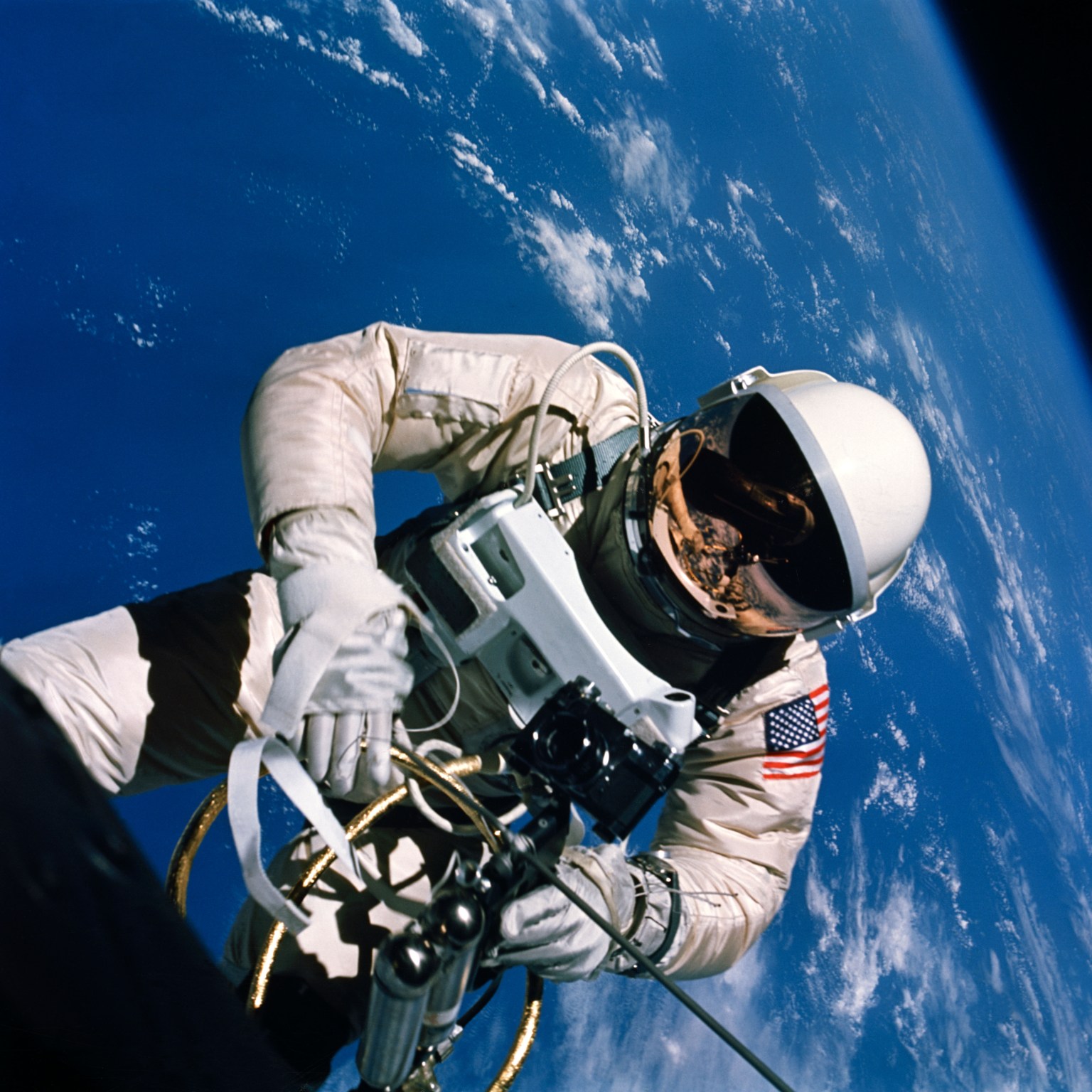
Gemini XII
Gemini XII was the tenth and final crewed flight of the Gemini program, flown by astronauts James A. Lovell Jr. and Edwin E. “Buzz” Aldrin Jr. It featured three extravehicular activities, rendezvous and docking, and several experiments.
Mission Type
mission duration
Launch
Landing
Objectives
Gemini XII was the tenth and final flight of the Gemini series, which bridged the Mercury and Apollo programs. This mission, carrying astronauts James A. Lovell Jr. and Edwin E. “Buzz” Aldrin Jr., was scheduled to perform rendezvous and docking with the Agena target vehicle, to conduct three extravehicular activity (EVA) operations, to conduct a tethered stationkeeping exercise, to perform docked maneuvers using the Agena propulsion system to change orbit, and demonstrate an automatic reentry. There were also 14 scientific, medical, and technological experiments on board.
Gemini XII Crew Masters the Challenges of Spacewalks
In the 20 months following the first piloted Gemini mission, NASA astronauts demonstrated the ability to change orbits, perform rendezvous…
Read the Story
Milestones
Nov. 9, 1966: Scheduled launch of Gemini XII mission. Scrubbed on Nov. 8 after discovery of a malfunctioning power supply.
Nov. 11, 1966: Launch of the Gemini Agena Target Vehicle at 2:08 p.m. EST and of the Gemini XII mission at 3:47 p.m. EST. Gemini XII rendezvous and docking with the Agena.
Nov. 12, 1966: Aldrin performs a standup EVA lasting 2 hours and 29 minutes.
Nov. 13, 1966: Aldrin’s spacewalk outside the spacecraft lasts 2 hours and 6 minutes. Gemini XII undocks from Agena for tether experiment.
Nov. 14, 1966: Standup EVA lasting 55 minutes.
Nov. 15, 1966: Splashdown in the western Atlantic.
Mission Facts
Crew: James A. Lovell Jr. (Command Pilot) and Edwin E. “Buzz” Aldrin Jr. (Pilot)
Backup Crew: L. Gordon Cooper Jr. and Eugene A. Cernan
Payload: Gemini 12
Mass at launch: 3,762 kg
Launch Date: Nov. 11, 1966, 3:46:33 p.m. EST (20:46:33 UT)
Launch Site: Complex 19, Cape Canaveral, United States
Launch Vehicle: Titan II
Revolutions Completed: 59
Duration: 94 hours, 34 minutes, 31 seconds (3 days, 22 hours, 34 minutes, 31 seconds)
Landing Date: Nov. 15, 1966, 2:21:04 p.m. EST (19:21:04 UT)
Landing Site: Western Atlantic Ocean, 24.58° N 69.95° W
Recovery Ship: U.S.S. Wasp
James A. Lovell Jr.
Command Pilot
James A. Lovell was selected in NASA’s second astronaut group in 1962. After flying the record-breaking 14-day Gemini VII mission in 1965, Lovell was the command pilot for the final Gemini mission: Gemini XII. In 1968, he was one of the three first people to orbit the Moon during the Apollo 8 mission. Then in April 1970, he led the ill-fated Apollo 13 mission which returned to Earth safely after a life-threatening explosion aboard the spacecraft.

Edwin E. “Buzz” Aldrin Jr.
Pilot
An engineer and fighter pilot in the Korean War, Dr. Edwin E. “Buzz” Aldrin was selected in NASA’s third astronaut class. He first launched to space for the Gemini XII mission, before his historic landing on the Moon with Neil Armstrong on July 20, 1969.

Mission Overview
Gemini XII was launched from Complex 19 on Nov. 11, 1966, at 3:46:33 p.m. EST (20:46:33.419 UT) and inserted into a 160.8 x 270.6 km Earth orbit at 3:52:40. At 7:32 p.m. rendezvous was achieved with the Gemini Agena Target Vehicle (GATV), which had been launched an hour and a half before Gemini XII. Docking with the GATV was accomplished 28 minutes later, at 4:14 ground elapsed time (GET) on the third orbit, relying heavily on visual sightings due to problems with the onboard radar. During insertion of the GATV into orbit, an anomaly was noted in the primary propulsion system, so the plan to use the GATV to lift the docked spacecraft into a higher orbit was abandoned. Instead, two phasing maneuvers using the GATV secondary propulsion system were accomplished to allow the spacecraft to rendezvous with the Nov. 12 total eclipse over South America at about 9:20 a.m. EST with the crew taking pictures through the spacecraft windows.
The first standup EVA took place with the hatch opening at 11:15 a.m. EST (19:29 GET) on Nov. 12 and Aldrin standing on his seat with his upper body out of the hatch. The EVA lasted 2 hours 29 minutes during which Aldrin mounted a camera to the side of the spacecraft and collected a micrometeorite experiment, with the hatch closing at 1:44 p.m. On Nov. 13 at 7:16 a.m. the crew reported little or no thrust was available from two of the maneuvering thrusters. At 10:34 a.m. (42:48 GET) the hatch was opened for the second EVA. Aldrin was outside the spacecraft at 10:38, attached to a 9-meter umbilical cord. He first worked in the hatch and nose area and then moved along a handrail he had installed to the adapter section where he used foot restraints and tethers to position himself in front of a work panel mounted on the rear of the adaptor where he performed 17 relatively simple manual tasks. He then moved to the target vehicle adapter area and carried out another series of tasks, including use of a torque wrench while tethered. He attached a 30-meter-long tether stowed in the GATV adapter to the Gemini adapter bar. About a dozen two-minute rest periods were scheduled during the EVA to prevent Aldrin from becoming overtaxed as happened to previous spacewalkers. Aldrin reentered the capsule at 12:33 p.m. and closed the hatch at 12:40 p.m. All tasks were accomplished and total EVA time was 2 hours and 6 minutes.
At 3:09 p.m. Gemini XII undocked from the GATV, moved to the end of the tether connecting the two vehicles, and began the tether experiment by moving in a circular orbit about the GATV. The tether tended to remain slack, but the crew believed the two craft slowly attained gravity-gradient stabilization. The tether was released at 7:37 p.m. On Nov. 14 the hatch was opened at 9:52 a.m. (66:06 GET) and Aldrin began the second standup EVA which included photography, additional experiments, and the jettison of unused equipment. The EVA ended after 55 minutes when the hatch was closed at 10:47 a.m. Minor fuel cell and thruster problems were reported but did not affect the remainder of the mission.
The automatically controlled reentry sequence began with retrofire at the end of revolution 59 on Nov. 15 at 1:46:31 p.m. EST. Splashdown occurred at 2:21:04 p.m. in the western Atlantic at 24.58° N, 69.95° W, 4.8 km from target point. The crew was picked up by helicopter and brought aboard the U.S.S. Wasp at 2:49 p.m., the spacecraft was picked up at 3:28 p.m. Total mission elapsed time was 94:34:31. All primary mission goals were successfully accomplished except performance of maneuvers using the Agena propulsion system due to fluctuations in the system noticed by ground controllers. There were minor fuel cell and attitude control thruster problems during the mission. The successfully performed scientific experiments were (1) frog egg growth, (2) synoptic terrain photography, (3) synoptic weather photography, (4) nuclear emulsions, (5) airglow horizon photography, (6) UV astronomical photography, and (7) dim sky photography. Two micrometeorite collection experiments, as well as three space phenomena photography experiments, were not fully completed.
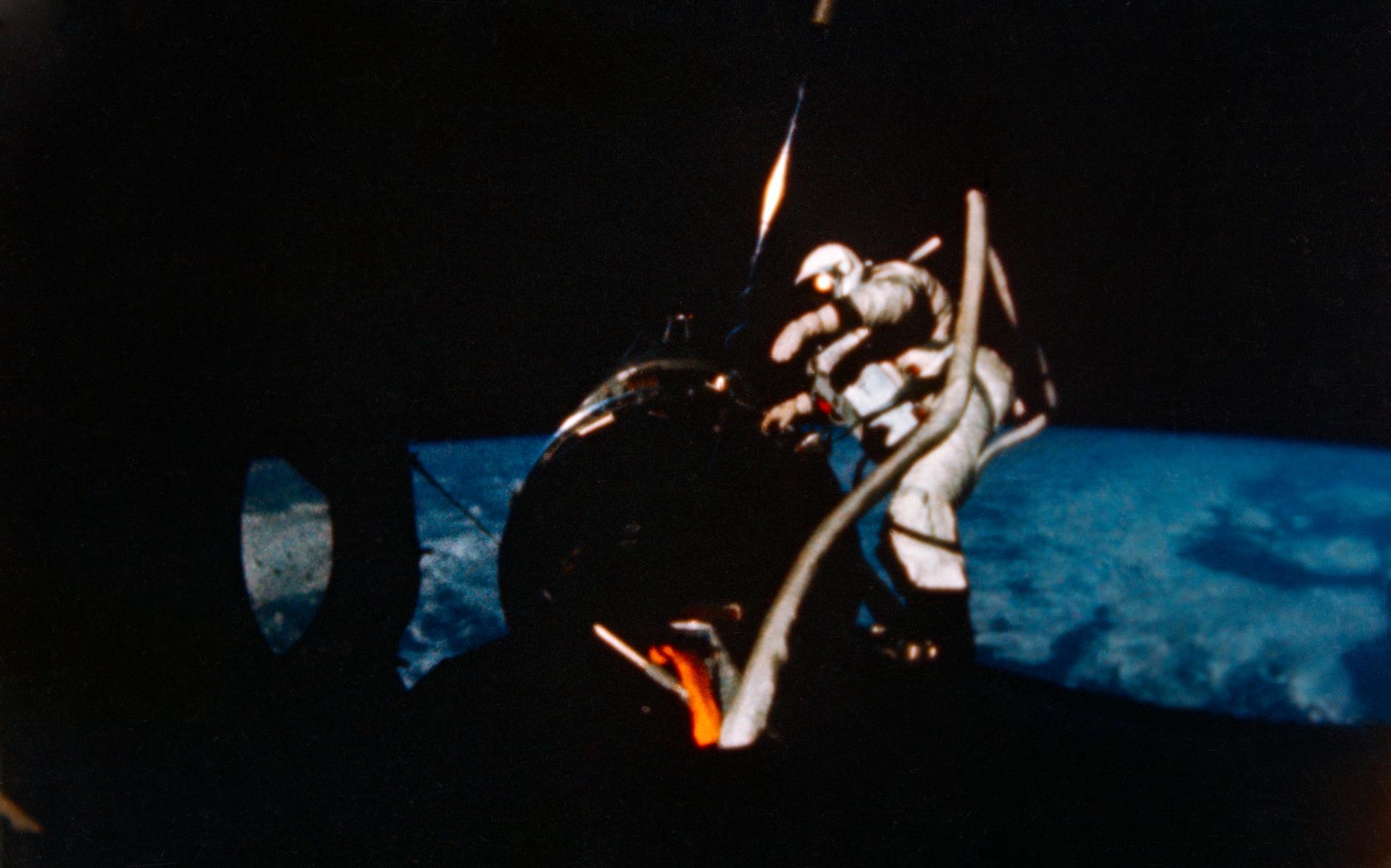
The primary objectives of Project Gemini included proving the techniques required for the Apollo Program to fulfill President John F. Kennedy’s goal of landing a man on the Moon and returning him safely to Earth before the end of the…
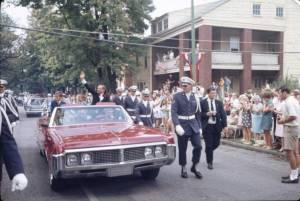
The Apollo 11 astronauts’ busy August 1969 postflight schedule continued into September with events throughout the United States. These included attending hometown parades, dedicating a stamp to commemorate their historic mission, unveiling a display of a Moon rock they collected,…

In the 20 months following the first piloted Gemini mission, NASA astronauts demonstrated the ability to change orbits, perform rendezvous and docking, along with spending up to two weeks in space. Spacewalking, on the other hand, remained an enigma. With…


